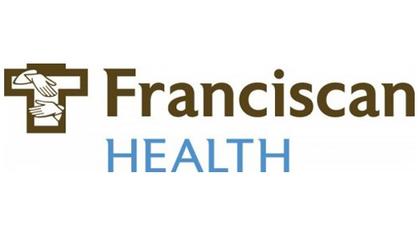Car Accidents and Their Causes
 Distracted drivers are the number one cause of automobile accidents. They account for up to fifty percent of all automobile accidents. There are many things that can distract a driver and as technology gets better, more distractions are being produced. Many people use their cell phones while driving, even to do text messaging. They labour under the idea that they are capable of multitasking when all it really takes is a split second of inattention in order to end up in an accident. Another form of distracted driver is one that has their attention drawn away by an accident that has already occurred. This is why often there will be many accidents all in one scene.
Distracted drivers are the number one cause of automobile accidents. They account for up to fifty percent of all automobile accidents. There are many things that can distract a driver and as technology gets better, more distractions are being produced. Many people use their cell phones while driving, even to do text messaging. They labour under the idea that they are capable of multitasking when all it really takes is a split second of inattention in order to end up in an accident. Another form of distracted driver is one that has their attention drawn away by an accident that has already occurred. This is why often there will be many accidents all in one scene.
Driver fatigue is responsible for a large number of accidents. Being tired makes the driver less attentive and less aware of what is going on around the vehicle, if something does happen and the driver does see it, the fatigue will slow the reaction time, which can land the driver in an accident. The greatest risk for driver fatigue is between the hours of eleven pm and eight am when the largest majority of individuals are used to sleeping. Another danger time is between noon and two pm where many drivers become drowsy and in need of a nap. Symptoms of driver fatigue include eyelids feeling heavy, frequent yawning, the vehicle drifting about in the lane and varying speeds with no noticeable reason. A tired person can misjudge traffic situations, have loss of distance perception, see things ‘jump out’ that aren’t there, fidgeting in the seat, being irritable or even daydreaming. In extreme cases, the person can actually fall asleep at the wheel. Medications can also contribute to the feeling of fatigue as well as slow the reflexes and affect the perception.
Drunk driving is responsible for a large number of tragic accidents. Large numbers of individuals have died as a result of a drunk driver. Drunk driving is responsible for a large number of traffic deaths due largely to the fact that the driver has no idea how fast the vehicle is travelling, has trouble keeping the vehicle in one lane and when in an accident situation, doesn’t recognize it or take action. This means the drunk driver is liable to go into the accident at full speed causing severe injuries if not fatalities within the other vehicles involved. Quite often the drunk driver suffers minor injuries due to the fact that the alcohol has the body so relaxed that it doesn’t tense because of the oncoming collision.
Speeding can cause collisions for a multitude of reasons and they compound upon each other. The faster the vehicle is going, the less reaction time the driver has to avoid a collision. The faster the vehicle is going, the more likely that a collision will occur. Speed also increases the severity of the collision. The damage/speed ratio doesn’t rise equally, the speed rises at one rate and the damage severity rises at a much higher rate, for instance, a collision at sixty mph as opposed to forty mph, the higher speed collision doubles in severity.









